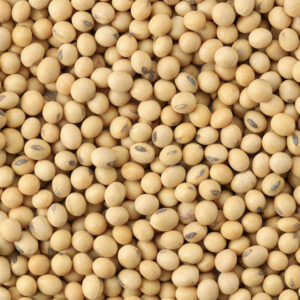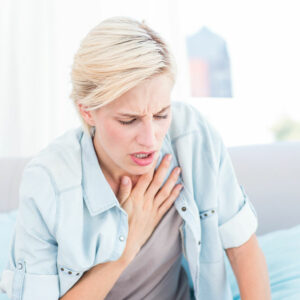
01
Psoriasis – Symptoms and Management Remedies
Psoriasis is a chronic autoimmune condition that affects the skin and joints. Psoriasis is of different types based on its patches’ appearance, location, and severity. The exact cause of this lifelong condition is unknown. Still, it is believed to be related to an overactive immune system that triggers inflammation and rapid growth of skin cells. While there is no cure, specific home remedies and anti-inflammatory and healthy foods can help manage its symptoms. Symptoms of psoriasis The following are the most common symptoms of psoriasis: Scaly patches These patches can be pink, red, or silver and often appear scaly, typically found on the elbows, knees, scalp, lower back, and other areas of the body. Itching or burning Psoriasis patches can be itchy or painful, especially if cracked or bleeding. Fragile or dented nails Sometimes, psoriasis can affect the nails, causing them to lift or break easily or have dents or discoloration. Joint pain or stiffness Some people with psoriasis may develop psoriatic arthritis, which causes joint pain and stiffness. Dry, cracked skin Psoriasis can cause the skin to become dry, cracked, and sometimes even bleed. Soreness, pain, or burning in the affected areas Some people with psoriasis may experience a burning or sore sensation in the affected areas. 11 foods to manage psoriasis A major symptom of this autoimmune disease is inflammation. So, eating immunity-boosting and anti-inflammatory foods may ease the pain and help one to manage the condition. Here are some foods that may be beneficial for psoriasis patients: Berries Berries such as strawberries, blueberries, and raspberries are packed with antioxidants that can help reduce inflammation and oxidative stress in the body. Salmon Salmon and other fatty fish like mackerel and sardines are rich in omega-3 fatty acids, which reduce inflammation and promote healthy skin. Avocados Avocado is a good source of healthy fats and vitamin E, which can moisturize and protect the skin layer.
Read More 










